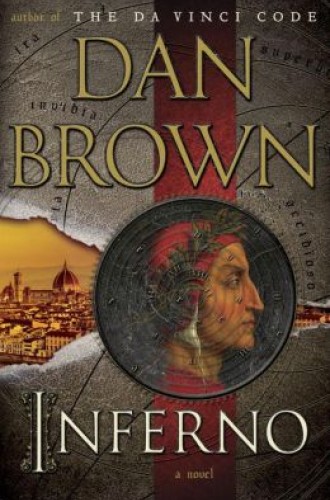Travels with Dan Brown
In the opening pages of his 2003 blockbuster The Da Vinci Code, Dan Brown famously contends that “all descriptions of artwork, architecture, documents, and secret rituals in this novel are accurate.” A decade later, a similarly ludicrous claim to historical accuracy appears on the first page of Inferno. He writes: “Fact: All artwork, literature, science, and historical references in this novel are real.” I find the use of the word fact particularly charming.
What should we make of such insistence as the lead salvo in a work of fiction? It is both immediately irresistible and patently absurd. Fact: I’m powerless to say precisely what he means by it—or why he would make such a disingenuous remark. Imagine a narrator stating at the beginning of an Edgar Allan Poe tale: “Fact: Everything you are about to read is true.”
For features like this, Brown has been the butt of some of the most deliciously funny jibes ever produced by fellow novelists. Stephen King said that Brown’s work was the “intellectual equivalent of Kraft macaroni and cheese,” and Salman Rushdie called The Da Vinci Code “a novel so bad it gives bad novels a bad name.” Clive James, a poet and a translator of Dante (a key figure in Brown’s Inferno), offered this tongue-in-cheek assessment: “I have a great belief in Dan Brown’s attractions as a writer. The belief is all the greater because I can’t quite define what those attractions are. Certainly they don’t have anything to do with his prose, which would be unreadable if it were not so riveting.”





